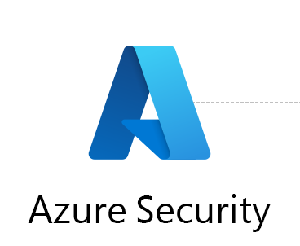Azure Single Sign-On (SSO) is a cloud-based identity and access management service that enables users to access multiple applications and resources with a single set of credentials. Azure SSO works by using Azure AD as the identity provider, which allows users to sign in to Azure AD once and then access multiple applications and resources without having to enter their credentials again. Here are some examples of how Azure SSO can be used:
- Accessing Office 365 apps: When users sign in to Azure AD using their corporate credentials, they can also access Office 365 apps such as Outlook, Word, and Excel without having to enter their credentials again.
- Accessing third-party SaaS apps: Azure SSO can be used to provide access to third-party SaaS applications such as Salesforce, Workday, or Dropbox. Once users are authenticated through Azure AD, they can access these applications without having to enter their credentials again.
- Accessing on-premises apps: Azure SSO can be used to provide access to on-premises applications that are integrated with Azure AD. For example, if an organization has an on-premises SharePoint application, Azure SSO can be used to allow users to access the application without having to enter their credentials again.
- Conditional access: Azure SSO can be used in conjunction with Azure AD’s conditional access feature to enforce policies that require additional authentication steps based on factors such as user location, device health, or application sensitivity.
Azure SSO provides a seamless and secure way for users to access multiple applications and resources with a single set of credentials, while also allowing organizations to enforce policies to help protect their data and applications.
